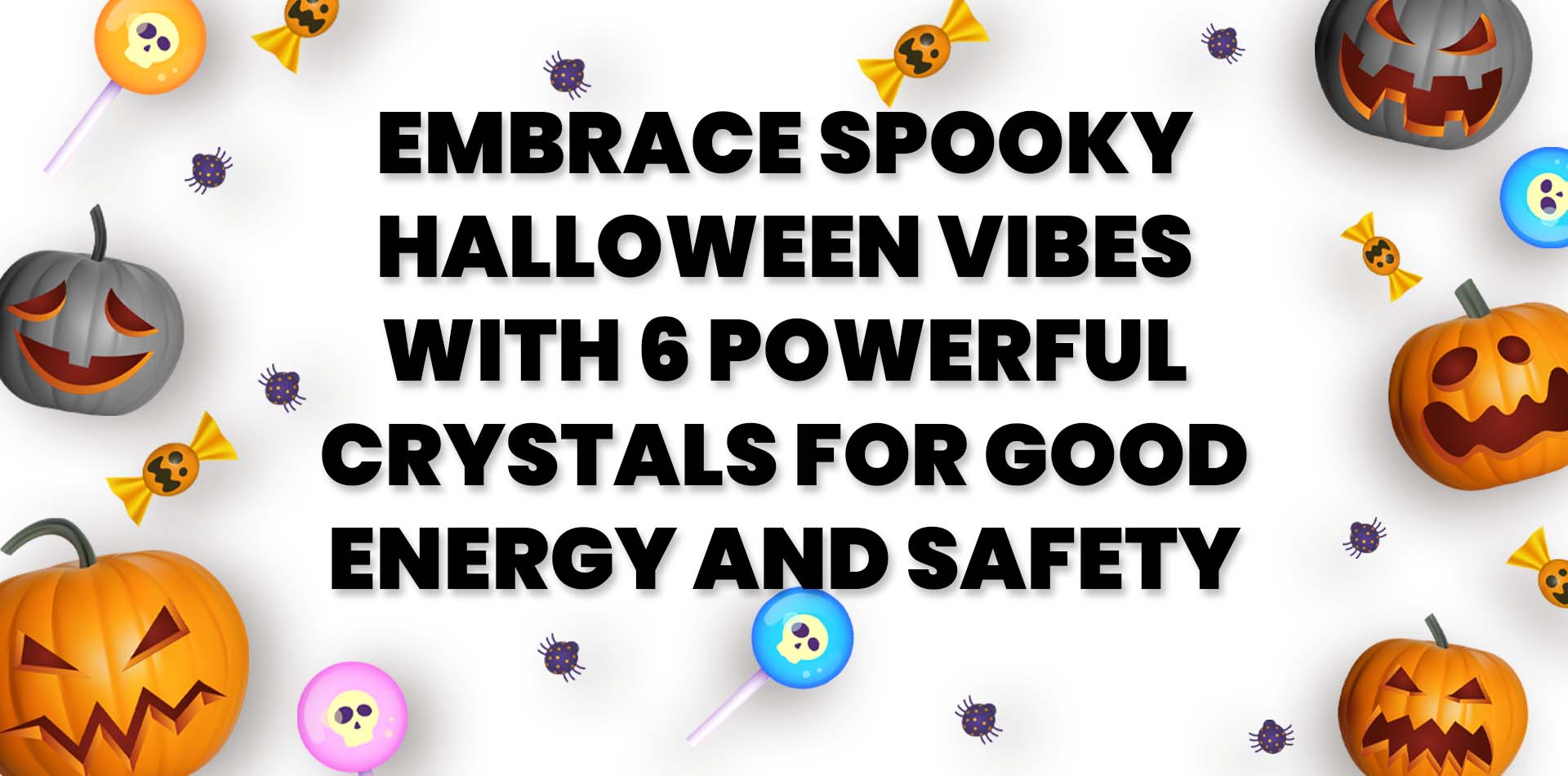Gemstone Authentication: Tips for How to Identify Fake Gemstones
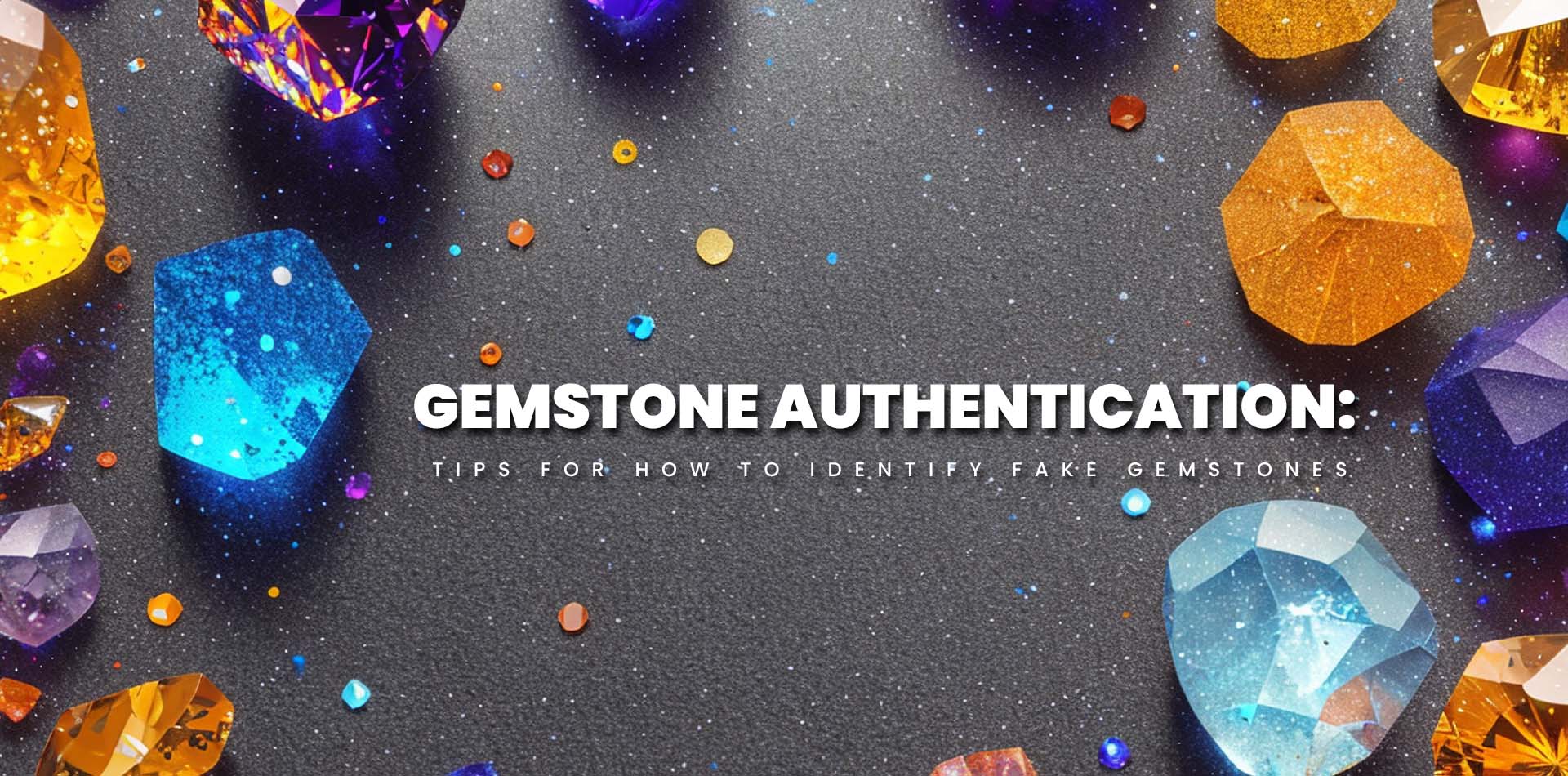
Gemstones have been prized for generations because of their alluring colors and innate metaphysical qualities. But there are also a fair number of fakes and imitations on the market. Both collectors and buyers must be able to tell authentic jewels from fakes. We will examine several techniques and pointers on how to identify real gemstones from fake.
Gemstone Authentication: An Introduction
The discipline of stone authentication is essential in the fields of jewelry and gemology. Knowing how to spot real, natural stones is essential because the market is overrun with fakes and synthetic gemstones. To identify between genuine gemstones and their manufactured or fake counterparts, this procedure combines scientific investigation, specialized tools, and specialist expertise. To enable collectors, jewelers, and aficionados to make knowledgeable decisions about the gemstones they come across, we shall examine the many procedures and techniques used in gemstone authentication in this thorough book.
The Gemstone Allure
Since ancient times, people have been drawn to gemstones by their vivid colors and alleged mystical qualities. These natural wonders are in high demand because of their cultural, artistic, and spiritual value.
The Fake Gemstones Challenge
The market is now overrun with fake and synthetic gemstones due to the desire for real gemstones. To protect investments and make sure that customers obtain the value they expect, it is crucial to identify these fakes.
Understanding The Types of Gemstones
1. Natural Gemstones
Natural gemstones are beautiful, mineral-rich masterpieces that took millions of years to develop deep under the Earth. Their mesmerizing colors, amazing beauty, and innate metaphysical qualities are what make them so alluring. These gemstones are evidence of the Earth's geological processes; each is a singular work of art created by the forces of nature. Natural gemstones display an amazing range of colors, from the flaming red of rubies to the deep blue of sapphires, and are distinguished by their rarity. Their transparency offers countless design options for distinctive jewelry pieces, ranging from completely clear and brilliant to gently translucent or even somewhat opaque. 2. Imitation Gemstones Imitation or faux gemstones are man-made or natural materials that have been created to resemble the appearance of real gemstones. They may resemble gemstones visually, but they lack the special chemical, physical, and optical characteristics that make natural gemstones rare and expensive. Compared to their natural counterparts, imitation gemstones are frequently more inexpensive and accessible. They are made with a number of methods and supplies, including spinel or corundum as well as glass, plastic, cubic zirconia, and other man-made materials. 3. Synthetic Gemstones Synthetic gemstones, commonly referred to as lab-grown or man-made gemstones, are produced in controlled environments utilizing cutting-edge technical procedures that mimic the environmental factors that naturally cause gemstones to form inside the Earth's crust. These stones are virtually indistinguishable to the unaided eye because they share the same chemical, physical, and optical characteristics as their natural counterparts. They come in a wide range of varieties, such as diamonds, sapphires, emeralds, and more, and are expertly made to imitate the brightness, color, and clarity of natural gemstones. Although they are more reasonably priced than real gemstones, there have been ongoing discussions over their ethical and environmental implications as well as their expanding appeal within the gemstone business. To assure a gemstone's actual value and quality, it is essential to determine its authenticity. To effectively detect and evaluate a gem's authenticity, gemstone authentication calls for a combination of specialist equipment and methods. The following are some of the essential devices and procedures for gemstone authentication: 1. Microscope or a jeweler's loupe High magnification is provided for in-depth analysis of a gemstone's surface, inclusions, and other features. The major use is to look for natural characteristics, inclusions, or evidence of treatments or enhancements. 2. Source of UV Light This reveals the fluorescence or luminescence patterns in some gemstones, which can serve as a sign of legitimacy. It helps in investigating how the gemstone responds to ultraviolet light, assisting in the identification of particular gem varieties. 3. Refractometer Refractometer measures a gemstone's refractive index, which is a crucial component in gem identification. It helps identify a gem by determining how light is twisted or refracted as it passes through it. 4. Kit for Specific Gravity The kit for specific gravity measures a gemstone's density in relation to water to determine important details about its composition. It checks to see if a gemstone's specific gravity is in line with its known characteristics. 5. Probe for Thermal Conductivity Thermal Conductivity measures a gemstone's heat conduction rate in order to discriminate between different gem varieties. Touching the gemstone to determine its thermal conductivity adds to the identification information. 6. Magnet Magnets can help in ascertaining whether a gemstone displays magnetic activity, which can be a defining feature. Testing some gemstones, including garnets, for magnetic characteristics. 7. Tester for conductivity This test determines a gemstone's ability to conduct electricity, which varies between natural and synthetic stones.It examines the gemstone's electrical conductivity and provides information about its validity. The process of authenticating gemstones is complex and involves a combination of observation, scientific expertise, and access to specialist equipment. Gemstone collectors and buyers can confidently distinguish between genuine gemstones and their imitations by learning the essential features of gemstones and using the appropriate techniques. The authenticity of these prized natural treasures can be further ensured by consulting certified gemologists and respected laboratories, which enables lovers to make wise decisions and protect their investments in the world of gemstones.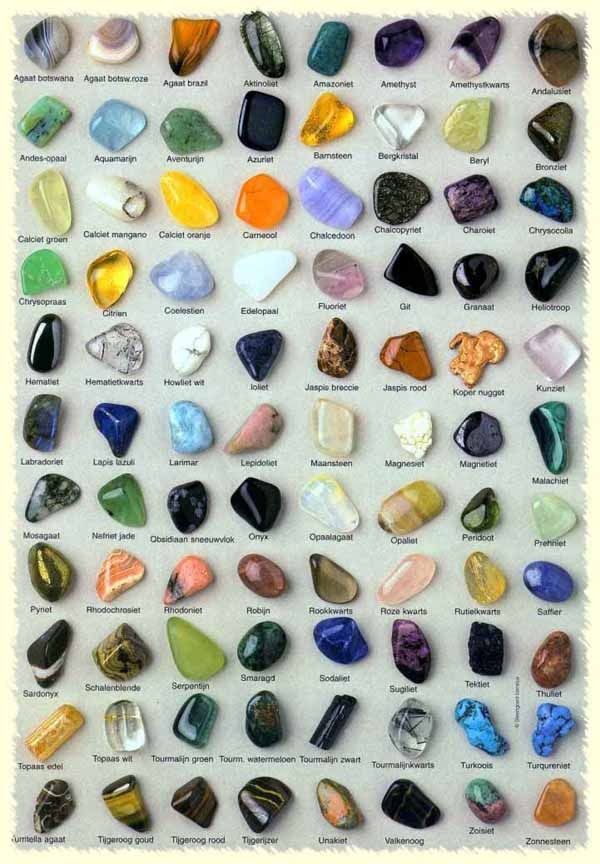
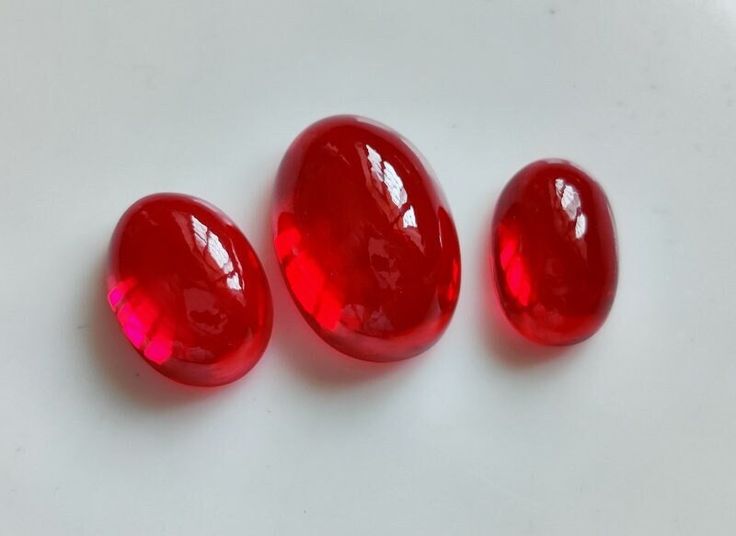
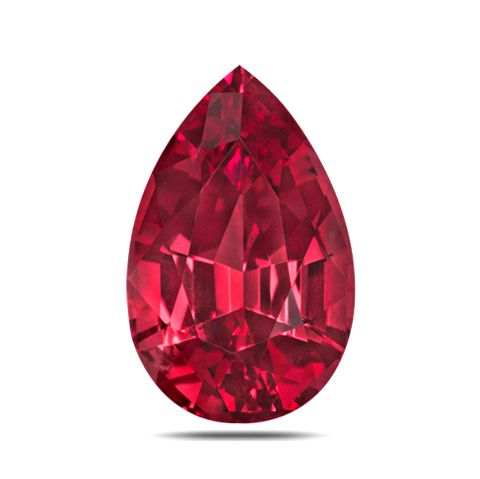
Key Factors To Assess Authenticity Of Gemstone
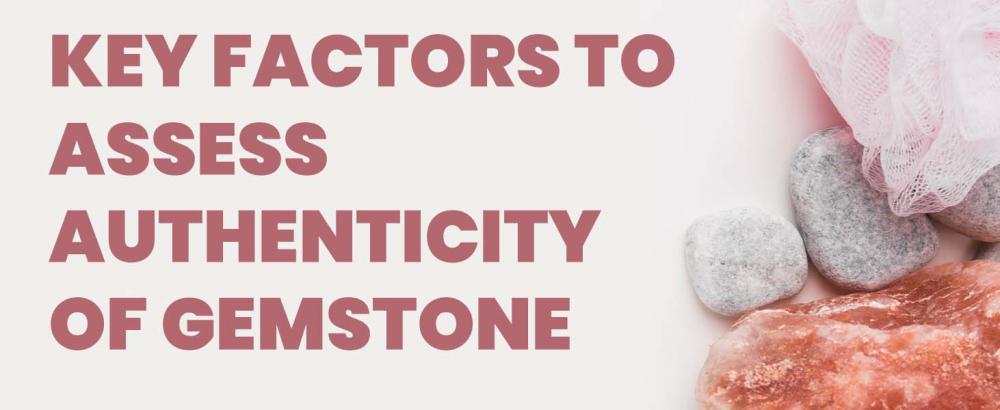
Tools and Methods for Gemstone Authentication
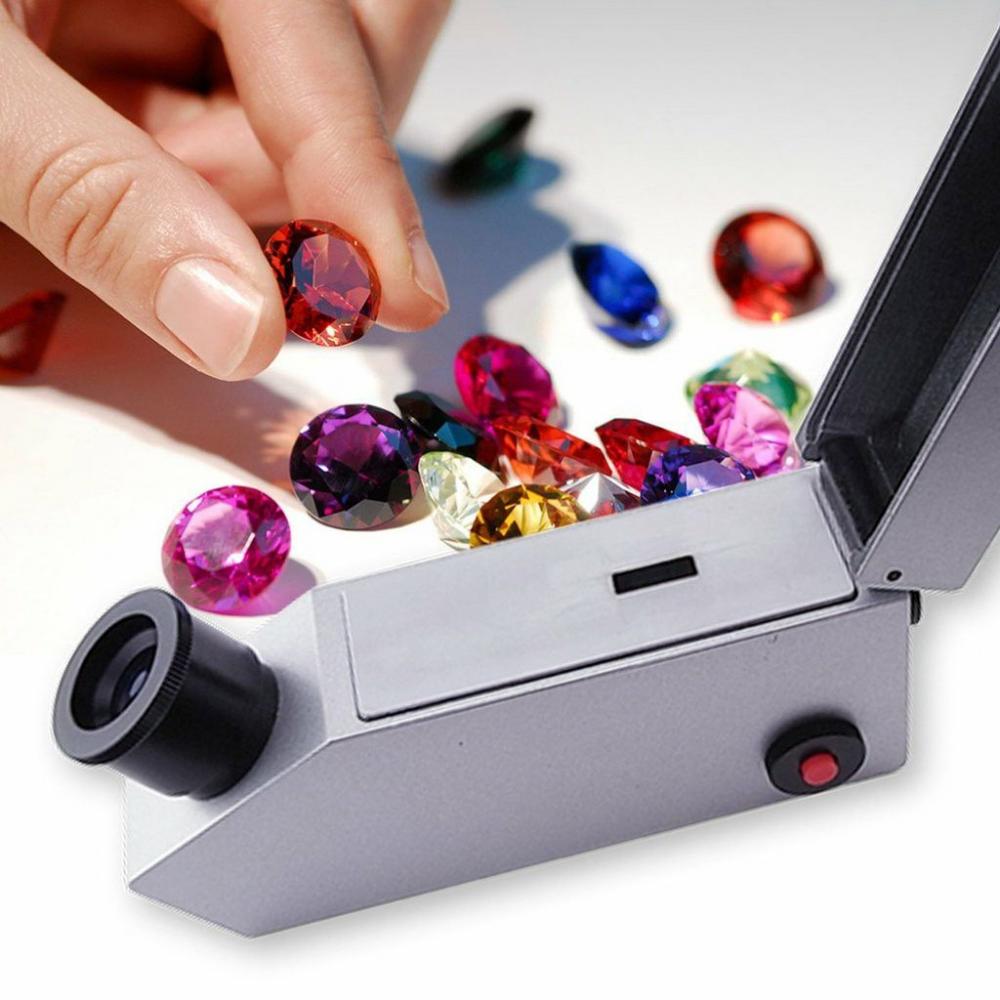
Tips for Buying Gemstones
Conclusion


